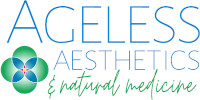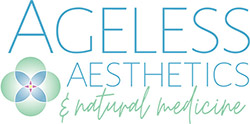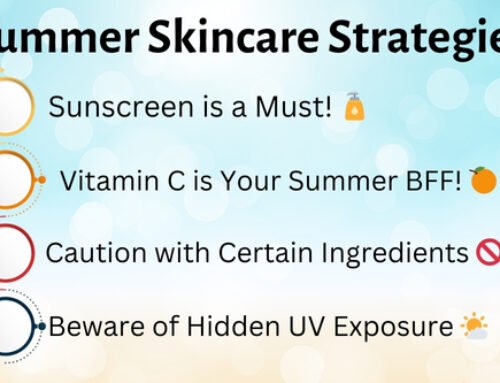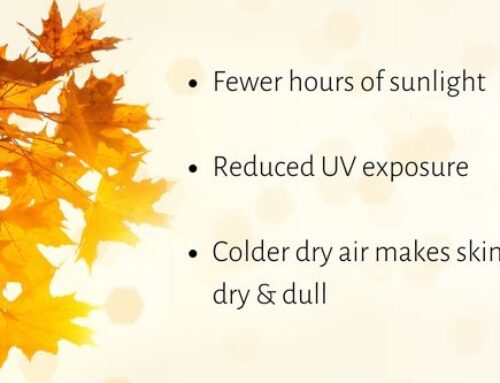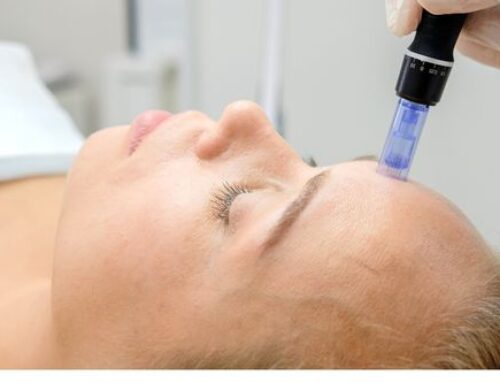
Here in the Pacific Northwest, 80% of the days are either cloudy, or partly cloudy. Even as I’m writing this, in July, it’s cloudy and raining. So when the sun does finally come out to play, we soak it up! But, infrequent sun exposure actually makes you more vulnerable to sun damage.
So, with all the excitement of summer sun, you may be wondering: what are the long lasting and damaging effects of too much sun? Just how bad is that sunburn I get every year? And what can I do to protect myself?
The Effects of Sunlight on Skin Damage
Firstly, to understand the effects of sunlight, we must understand the types of sunlight. There are 3 types of UV radiation: UV-A, UV-B, and UV-C, although the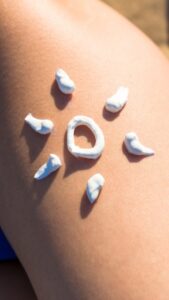 majority of UV-C rays are absorbed by the ozone layer and do not make it to the Earth’s surface. The types we’re most concerned about are UV-A and UV-B:
majority of UV-C rays are absorbed by the ozone layer and do not make it to the Earth’s surface. The types we’re most concerned about are UV-A and UV-B:
UV-A: the Aging rays
|
UV-B: the Burning rays
|
Dermatologists have been warning us of the harmful effects of too much sun exposure for decades. It is agreed that too much exposure to both types of UV radiation can lead to premature skin aging, weakening of the immune system, and alterations in DNA, which can cause skin cancer.
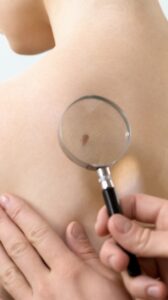 Skin cancer is pretty scary, so let’s talk more about it
Skin cancer is pretty scary, so let’s talk more about it
There are two categories of skin cancer: Melanoma and Non Melanoma Skin Cancer (NMSC). Non Melanoma Skin Cancer consists of Basal Cell Carcinoma (BCC) and Squamous Cell Carcinoma (SCC). SCC is the second most common type of skin cancer, after BCC, with estimates putting it close to 50% of all Non Melanoma Skin Cancers. The most important risk factor for developing SCC is cumulative sun exposure, and age. Cumulative sun exposure means all those sunburns from childhood, and all the little bits of sun exposure (even if you didn’t get a sunburn) add up. Individuals with fair skin and immunosuppression have a higher risk, and it is more common in men than women. Basal cell carcinoma accounts for the remaining cases of NMSC, and is the most common Non Melanoma Skin Cancer. Whereas SCC is associated with chronic, everyday sun exposure, BCC is related to intermittent, intense sun exposure. Think of that bad burn you get once a summer. A good example of someone at risk for BCC is fair skinned individuals who experienced even just a few intense burns in their lifetime. Fortunately treatment, especially when performed early on, is often well tolerated and successful.
Melanoma (the big baddie) is the most serious form of skin cancer. Primary melanomas (those on the surface of the skin) are typically treated by surgical excision with good results. However, if the cancer has traveled to other sites of the body, the outcome of treatment by surgical excision alone is very poor. The incidence of melanoma is greater in women than men until the age of 40, after which the incidence becomes greater in men. The most common areas to develop a melanoma are on the back (for men) and on the arms and backs of the legs (for women). Aside from sun exposure, the risk factors for melanoma include family history, genetics, and the presence of other dark moles or freckles on the body.
For those who have experienced chronic sun exposure, or have had a few bad burns, self-examination is an easy skin cancer screening method that most people can do at home, and is even easier with the help of a partner. It consists of examining your own moles and freckles and looking for changes in accordance with the ABCDE’s:
- A = Asymmetry: if you draw a line through the mole and the two halves do not match.
- B = Border: an irregular, scalloped, or poorly defined border.
- C = Color: a mole with different colors, including tan, brown, black, white, red, and blue.
- D = Diameter: the mole is larger than an eraser head (~6mm).
- E = Evolving: any change in any aspect of the mole over time (size, color, shape, sensation).
Tracking changes of moles and freckles is easiest by photography; there are even several phone apps on the market that take pictures and allow you to compare changes over time. If you notice any of these aspects in your own moles, then it may need to be evaluated by a trained medical professional. To find out more about self-examinations and whether you should call a dermatologist, check out this article from the American Academy of Dermatology Association, or this article from the Skin Cancer Foundation.
Avoiding Sunburns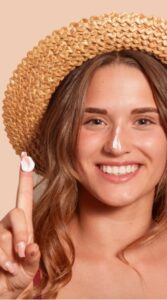
If learning all this has suddenly put you off from ever seeing the sun again, keep calm: there are simple ways to minimize the risks of overexposure:
- Find shady areas and utilize them.
- Wear long billowy clothing and wide-brimmed hats to keep direct sun off your skin
- Cotton and muslin fabrics are very light and airy and are great for summer.
- If you know you will be in direct sunlight for several hours, apply sunscreen liberally and often.
Sun rays are the strongest at midday between 10am – 4pm, and while there are many benefits from getting just enough sun exposure, it is important to protect yourself from over-exposure during these times, and be mindful about seeking shade and protecting your skin.
Summertime is synonymous with fun in the sun, but it’s important to remember that too much sun can be dangerous. I hope this post has helped you better understand the difference between UV-A and UV-B rays, as well as skin cancer and how to avoid it. So, get out there and enjoy the sun (responsibly, of course)! Remember: sunscreen is your friend. Wear a hat. Seek shade when possible. Drink lots of fluids to stay hydrated and avoid excessive heat exposure. Doing your best to avoid burns will help you continue looking like your Ageless self!
